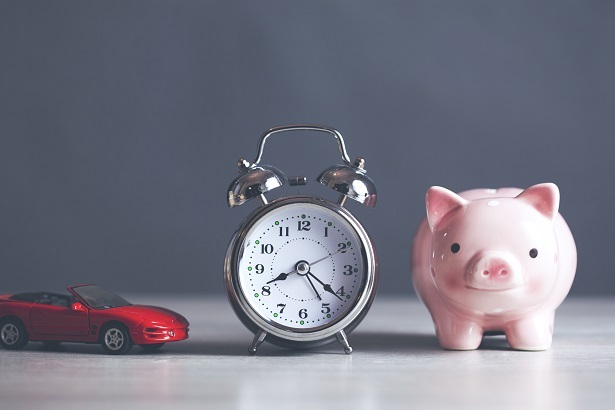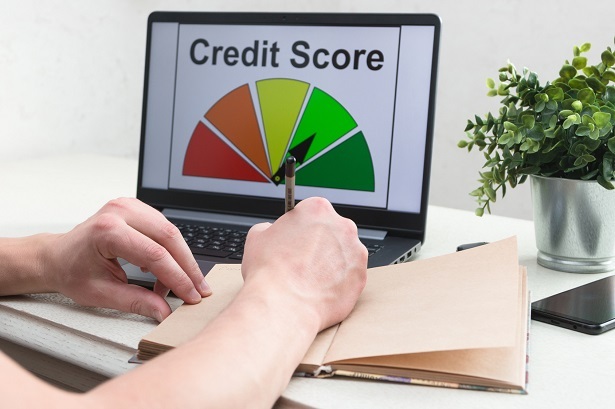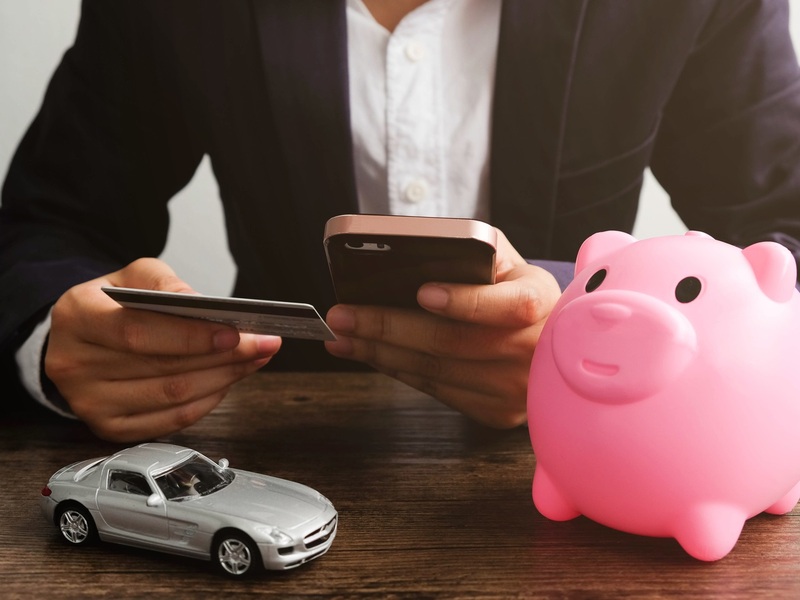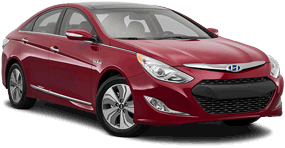There’s something to be said about spontaneity in life. An unexpected visit from an old friend, an impromptu weekend road trip or just deviating from your “usual” at the local diner can make life more fun. One situation where we’d advise against spontaneity is buying a new car. Unlike going with a Meat Lover’s omelet instead of the bacon and eggs, buying and financing a car it is a major life decision and like any investment, it deserves careful planning. We've compiled the top 5 financial steps to take this year to get ready for your car purchase. The good news is the sooner you start, the sooner you'll have a shiny new car in your garage.
Step 1: Figure Out How Much You Should Spend

The first step in planning for a car purchase is determining how much of your budget you can afford to put towards a car. First, take a look at your net pay which is the amount of money you take home after insurance and taxes (ouch!) get taken out. From here, you want to budget no more than 10-20% of your take-home pay on your monthly car payments.
With the average new car price climbing to over $35,000, many car shoppers are looking for more affordable new cars or choosing to go with used to make sure they stay within their budgets. Everyone's situation is different so the 10-20% rule can be considered a baseline but remember to be realistic with your own budget. Check out our comprehensive guide for saving up for a car if you're looking for tips to help you afford a specific make and model.
Calculate Your Monthly Car Payment
Step 2: Save Up for a Down Payment

Having a down payment ready when buying a car will pay off big in several ways. Firstly, if your credit is not in the good range (see more in the next step) you will have a better chance of getting approved for a loan with a down payment. Secondly, you will be able to score a lower interest rate with a good down payment, potentially saving yourself hundreds or thousands of dollars over the course of your loan. Is a down payment always required when buying a car? Not always, but it's strongly advised.
The recommended down payment is 20% of your car’s purchase price with 10% being the recommended minimum for used cars. The average new car price for 2018 was over $35.000 meaning the recommended down payment is a whopping $7,000. While you may choose to go with a less expensive car, it will still pay off to save up for a car before making the plunge.
Step 3: Check your Credit Score (and Improve It)

Once you’ve saved up to buy a car you need to start thinking about getting auto financing. The biggest determining factor will be your credit score when it comes to getting a good interest rate. Make sure you know what your credit report contains and that there are no errors on it that are hurting your score.
If your score is not where you want it to be, you'll want to focus your attention on improving it before you take the plunge into a car purchase. You can expedite the process of raising your credit by paying off large credit card balances, disputing any errors on your score and getting an increase in your credit limit without increasing spending. Longer term actions include making sure you use your credit regularly, paying off balances on time, and regularly paying more than the minimum.
Step 4: Shop Around for Car Loan Rates

You probably wouldn't dream of buying a new car without negotiating on the price but most car shoppers don't shop around or negotiate on their car loan rates, which leaves money on the table. Getting a lower interest rate means you'll potentially save hundreds throughout the lifetime of your loan. The best way to get a good interest rate is to shop around for multiple lender offers and get pre-approved. Auto loan preapproval means a lender offers you a loan amount and interest rate to purchase a new or used car.
Pre-approval will help you in the budgeting process since you'll know how much you've been approved for. Another benefit to getting pre-approved is that you can take the offer or leave it and look for something better. When you're buying the car at the dealership, your pre-approval means you can save time in the Finance and Insurance office or use your rate as a bargaining chip to see if the dealership financing can give you a better rate.
Find a Great Rate on Your Car Loan
Step 5: Plan your Trade-In

Trading in or privately selling your current car, depending on its condition, is a great way to come up with the down payment you need for your new car. You'll have the option of selling the car yourself, going through a used car marketplace like CarMax or trading in at the dealership. Can you trade in a financed car? If you're still paying off your old car, the dealership will usually be able to work your current loan into the new one.
Choosing the best method to sell your car will be a trade-off between getting the best price for the vehicle and convenience. A dealership will usually not offer the highest payout, but you'll save plenty of time and hassle. Selling the car on your own may score you more money but finding a buyer can be a challenge and the process can drag out longer than anticipated holding up your new car purchase. A good place to start is looking at Kelley Blue Book's trade-in value which can help you counter a lowball dealership offer. Once you sell your current car, you'll have the funds available to put towards something shiny and new.


